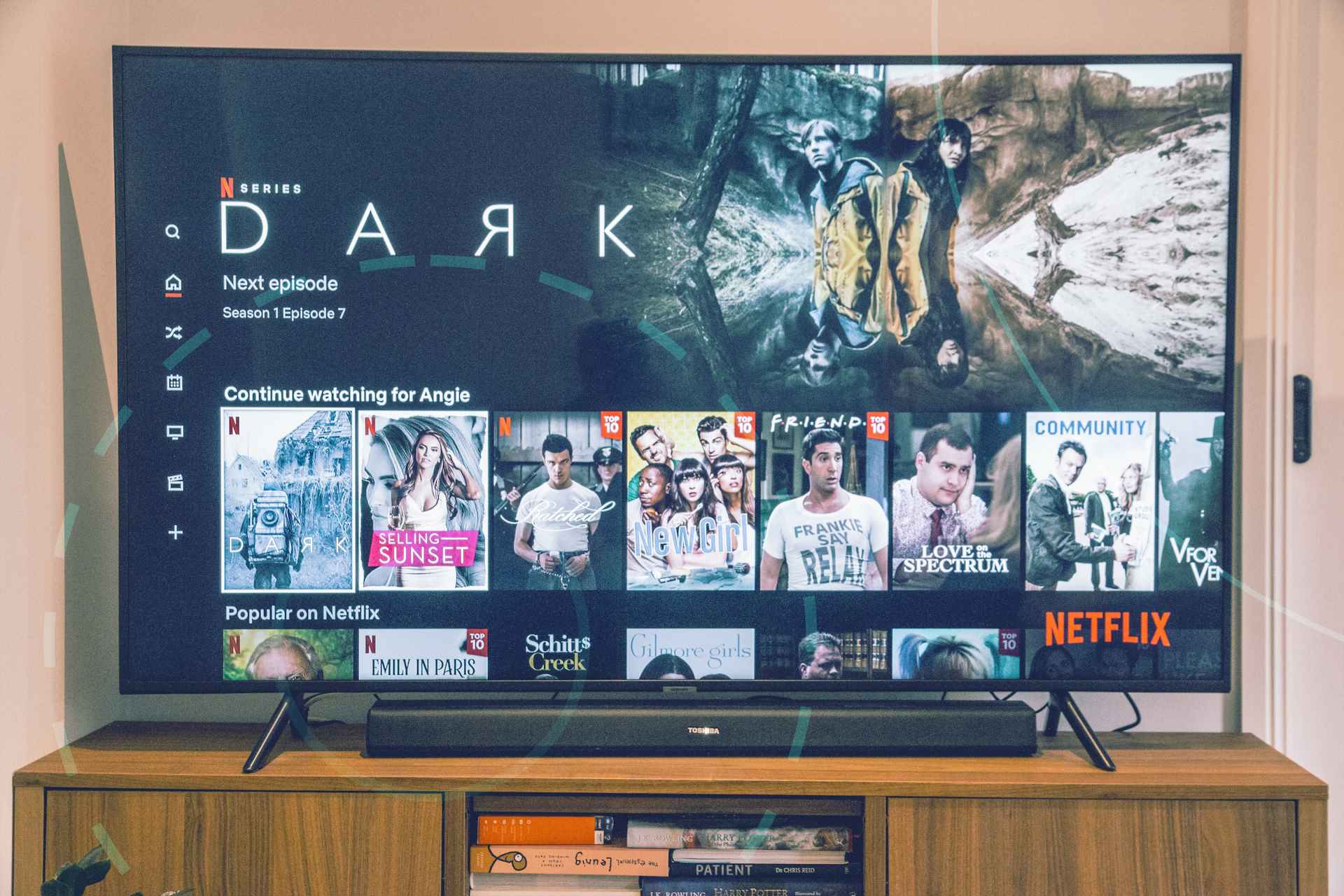Recent connected TV statistics paint a picture of an industry that’s bursting with opportunities for marketers — find out why.
These CTV stats showcase the potential of the medium for performance marketingThere’s no denying it: In 2023, viewers are predominantly viewing television entertainment through streaming services. Last year, NBC News reported that streaming services had overtaken cable TV in popularity; meanwhile, legacy streaming services like Netflix and Hulu have struggled to hang onto their market share as dozens of new options pop up on the marketplace.
For performance marketers hoping to leverage the power of connected TV advertising, this rapidly evolving landscape can be overwhelming. It’s clear that audiences now prefer connected TV to more traditional linear options, but where are these viewers spending most of their time? We’ve rounded up the latest connected TV statistics to paint a clearer picture of who’s watching, what they’re watching, and how they feel about CTV ads.
Want to dig even deeper into OTT, CTV, and linear TV advertising? Check out The Big List of TV Viewership Statistics [Updated for 2023].
What We Know About Connected TV Statistics
While many marketers focus their efforts on social media and search engines, connected TV gives brands the opportunity to get their message out on a bigger screen. That means more room for creativity and a chance to catch viewers’ attention when they’re most engaged while taking advantage of precise targeting and attribution that simply isn’t available for traditional TV commercials.
The question is no longer “Are connected TV ads effective?” Instead, it’s a matter of how to best utilize the tools available and find the right platform to boost your message. To learn more about how connected TV can take your marketing efforts to the next level, read our free playbook.
Demographics
- As of 2022, 71% of US households have at least one connected smart TV, while 59% use connected TV devices to turn their television sets into connected TVs. (Statista)
- 62% of daily connected TV viewers fall into the 18-34 age range, making it ideal for reaching the influential Generation Z and Millennial age groups. (Statista)
- 54% are 35-54 years old
- 24% are 55+ years old
As for what these viewers are looking for in their CTV services, that too can vary by demographic.
- CTV statistics show that while all age groups want to see high-quality content, Baby Boomers were the most likely to make content a priority (86.3%).
- Though between 83% and 88.5% of all other age groups cited price as an important element, Gen Z is significantly less concerned (71.8%).
- Generation X is most concerned with an easy-to-use interface (83.8%), though Millennials aren’t far behind at 82.4%.
- 77.6% of Millennials are hoping to find popular movies on connected TV, and 71.4% of the same generation also want to see original films. Millennials are also the most interested in seeing original TV content (67.5%).
- Millennials are also the most likely to prioritize services with no commercials or advertising (66.6%).
- When it comes to marathoning classic TV shows, Millennials and Generation Z are significantly above the overall average of US adults (58.7%). Nearly three-quarters (71.5%) of these age groups said that having popular television series available to watch was important for a streaming service.
- Millennials are also easily the most concerned about children’s programming availability; 57.4% marked this as important, compared to just over 40% of Gen Z and Gen X.
Preferred Platforms
A 2022 survey produced by FierceVideo and Hub Entertainment Research asked respondents which service they would keep if they had to keep all of their TV providers except one. Here’s how they responded:
- 37% would keep live TV
- 30% would keep Netflix
- 14% would keep Amazon Prime Video
- 15% would keep Hulu
- 10% would keep Disney+
- 8% would keep HBO Max
In the same survey, respondents were asked what their “default” TV source was — in other words, the first source they turn on when they’re ready to watch.
- 28% said live TV from cable providers, down from 48% in 2016
- 23% said Netflix, up from 15% in 2016
- 16% said one of the other “top five” streaming services (Prime, Hulu, Disney+, HBO Max), up from 5% in 2016.
Here’s a closer look at the US video streaming app market share as of late 2022:
- Netflix: 21% market share, down from 31% in Q1 2021
- Amazon Prime Video: 18% market share, down from 21% in Q1 2021
- Disney+: 16% market share, up from 13% in Q1 2021
- Hulu: 10% market share, down from 13% in Q1 2021
- HBO Max: 16% market share, up from 8% in Q1 2021
- Apple TV+: 7% market share, up from 3% in Q1 2021
CTV Advertising Landscape
As more viewers leave linear TV behind and spend most of their viewing time watching connected TV services, advertisers are finding success with this promising platform. In 2021, 21% of digital video advertisers moved their budgets from linear TV to connected TV. Here are the reasons they gave for the switch:
- Targeting and efficiency (81%)
- Incremental reach (55%)
- Opportunity to optimize creative (27%)
- Cost-effective CPM (24%)
- Proven ROI (18%)
- Better consumer ad experience (16%)
Marketers report that CTV/OTT delivers better results than linear TV on a number of fronts, including:
- Ability to reach younger audiences (58%)
- Fast optimization (52%)
- Ability to measure ROI (46%)
- Efficiency (41%)
(IAB)
Meanwhile, viewers are increasingly receptive to CTV ads. In an April 2022 survey of 2,972 connected and linear TV users ages 18 and older, DeepIntent found the following insights:
- 42% said the length of ad breaks was preferable on streaming services
- 39% felt the number of ads was better on streaming services
- 26% said CTV ads are more relevant to their interests than linear TV commercials
- 23% rated CTV ads as more appealing than linear TV ads
The Future of the CTV Market
What’s next for the CTV landscape? Expect greater buy-in from Millennials and Gen Z, while older generations decline in viewership:
- The number of Gen Z CTV users is expected to rise from 49.6 million in 2022 to 56.1 million by 2025
- CTV-watching Millennials will increase from 60.5 million in 2022 to 62.6 million by 2025
- Expect slight decreases in viewership from Generation X (51M in 2022 to 50.5M by 2025) and Boomers (33.9M to 31.6M)
(Statista)
These CTV stats paint a clear portrait of a linear TV industry in decline as CTV programming gains popularity. An increasing number of streaming services on the market means lost market share for Netflix and Hulu, but they still remain dominant — for now.
For marketers, these connected TV statistics highlight the power of CTV advertising. If you’re ready to reach your target audience using the most sophisticated CTV performance advertising platform, tvScientific can help! We make CTV ads accessible for brands of all sizes, and our platform makes scaling a snap. Want to know more? Reach out to get a free demo.







